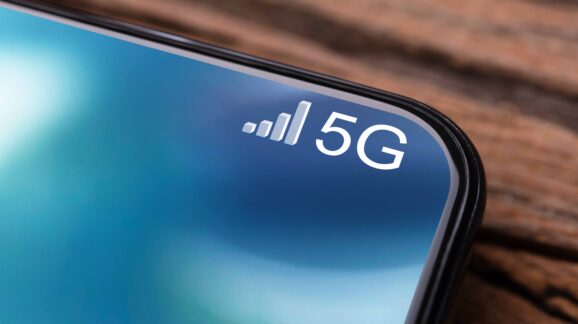Don’t drink the water: Why FCC treating broadband like a utility could make service worse

Photo Credit: Getty
In its initial Fact Sheet, the Federal Communications Commission (FCC) proposes to apply Title II of the Communications Act to affirm “that broadband service is on par with water, power, and phone service; that is: essential.”
Technologically advanced broadband networks may be essential, but essential does not equal utility. Food and clothing are essential, but no one considers grocery and clothing stores utilities. This misguided approach will damage broadband service quality and investment, leading to an inferior consumer experience.
In fact, the FCC should refrain from applying utility regulation to broadband because it is essential.
Unfortunately, the FCC’s tentative Notice of Proposed Rulemaking embraces the notion that utility regulation is a panacea, where networks are protected, service is affordable and consumers benefit under the watchful eye of empowered regulators.
Let’s take a look at what “on par” with water and other utilities would mean for this high performing essential service. In Philadelphia and other cities, it’s common to have water mains more than 75 years old. Recently, a 120 year old water main in New York City burst, flooding Times Square and the subway system.
Water main breaks and flooded streets occur all too frequently. The American Society of Civil Engineers 2021 Report Card for America’s Infrastructure states that there is a water main break every two minutes and an estimated 6 billion gallons of treated water is lost each day, enough to fill over 9,000 swimming pools. The report card also indicates that funding for drinking water infrastructure “has not kept pace with the growing need to address aging infrastructure systems.”
The tragic failure of Jackson, Mississippi’s water treatment plant in 2022 caused a multi-day outage in which over 150,000 people were left without safe drinking water. The failure was attributed to decades of underinvestment, causing the federal government to provide $600 million to stabilize and repair the water system. Earlier this year the New York Times reported that Jackson’s water system is so broken that “one pipe leaks 5 million gallons a day,” enough water to serve the daily needs of 50,000 people.
What about “on par” with other utilities?
In heavily regulated California, Pacific Gas & Water’s (PG&E) utility networks have been responsible for billions of dollars in damages and loss of life. In 2010, after a PG&E gas pipeline explosion in San Bruno that killed eight people, the company was convicted of five felony counts of knowingly failing to inspect and test its gas lines for potential dangers. The company also paid a $70 million settlement to the city.
In 2018, PG&E’s aging electrical plant caused the Camp Wildfire that devastated the town of Paradise. PG&E pled guilty to 84 counts of manslaughter after PG&E equipment on a nearly 100 year old transmission tower broke, causing a power line to fall and spark. In addition to the criminal charges, the associated liability led PG&E to file bankruptcy. PG&E is not the only electric utility to be involved in wildfires.
While not every utility has this kind of track record, these examples illustrate that utility classification only promises regulation and not investment, resiliency or safety.
In contrast, US broadband networks are well capitalized and the industry has a long and strong track record of investment, investing over $102 billion during 2022 alone. These robust and resilient networks perform effectively even under extreme circumstances such as the pandemic.
But doesn’t utility regulation ensure affordability?
The evidence says it does not. The difference between regulated utility pricing and broadband is striking. According to Bureau of Labor Statistics data, from January 2017 to December 2022 water prices increased by 22%, electricity by 27% and gas by 55%. During the same period, overall broadband pricing increased by only 5%.
On top of that, from 2022 to 2023, adjusted for inflation, the price for providers’ most popular speed tier dropped 18.1% and the price for providers’ fastest speed tier dropped 6.5%. While these prices have decreased, ISPs have increased speeds to add even more consumer value.
The facts are clear. Utility regulation ensures neither network quality nor affordability.
President Biden is known for asking not to be compared to the almighty but to the alternative. If the FCC makes an honest comparison of the actual record of utilities to broadband’s impressive network investment, pricing and consumer value, it will abandon this ill-conceived effort to put broadband “on par” with utilities.